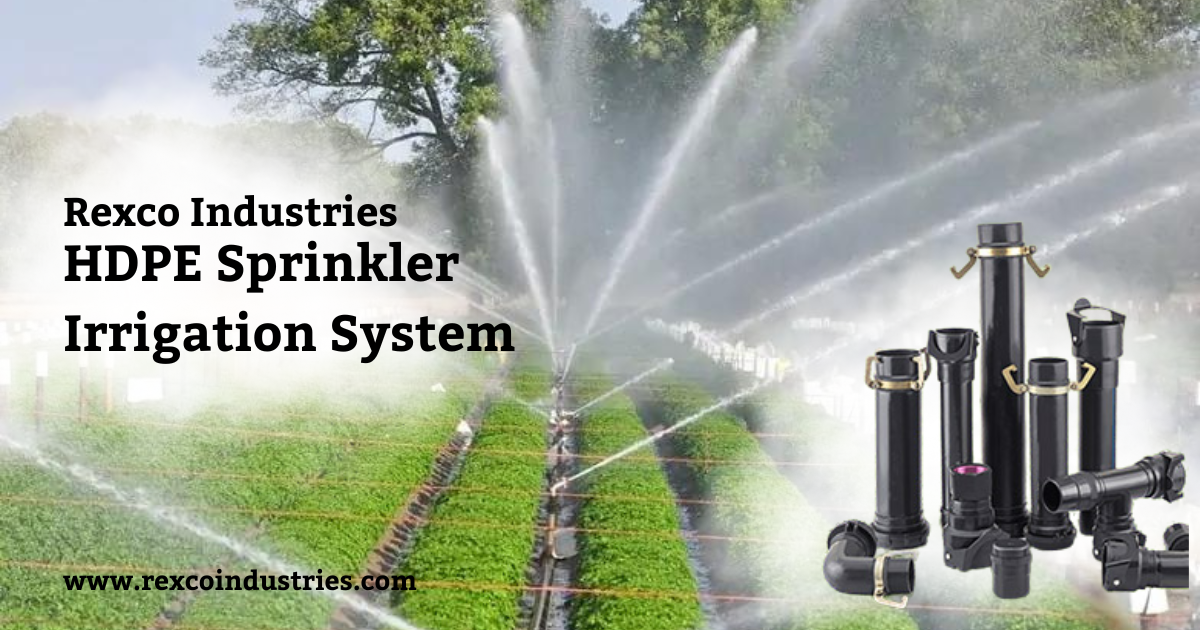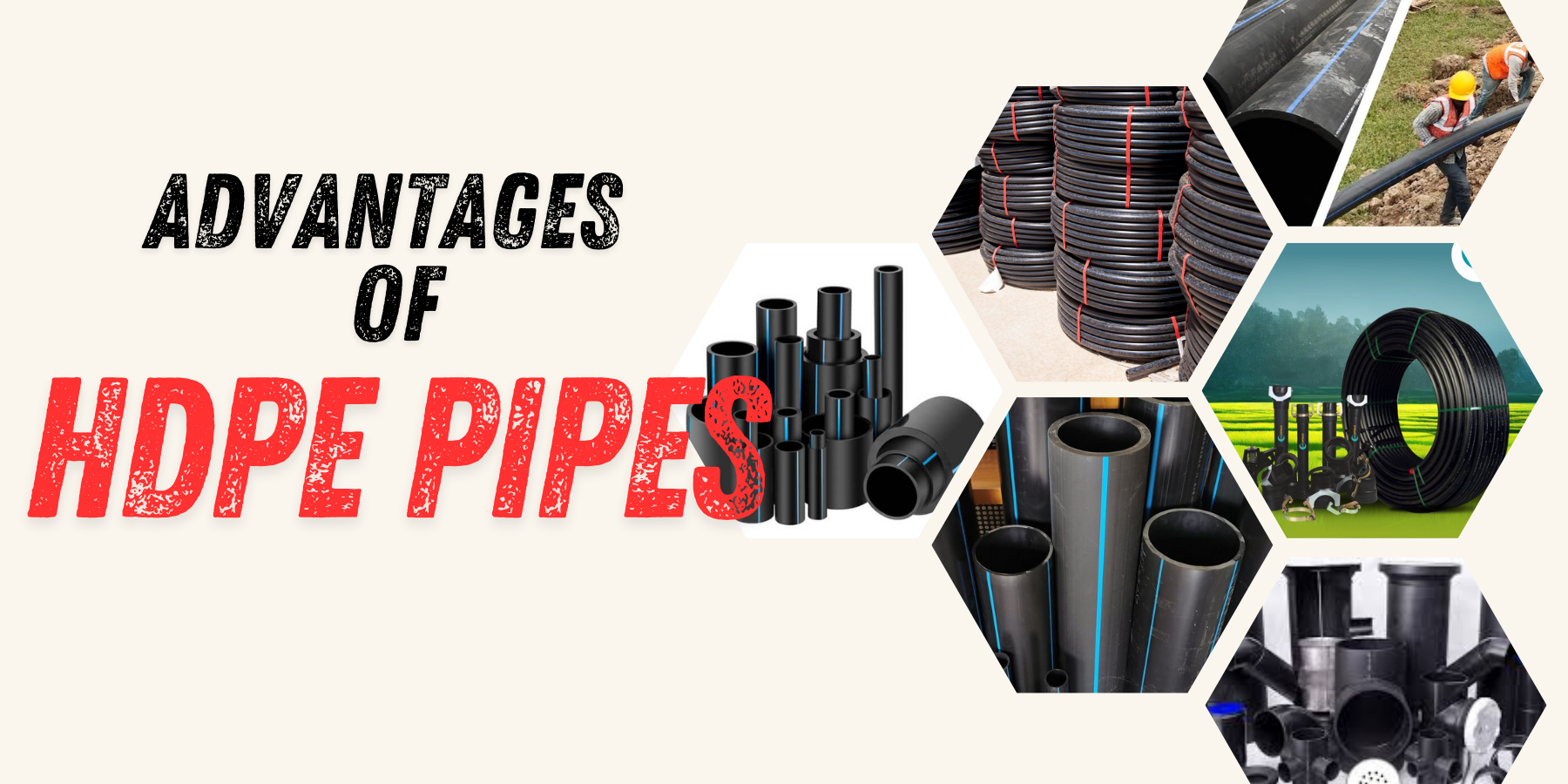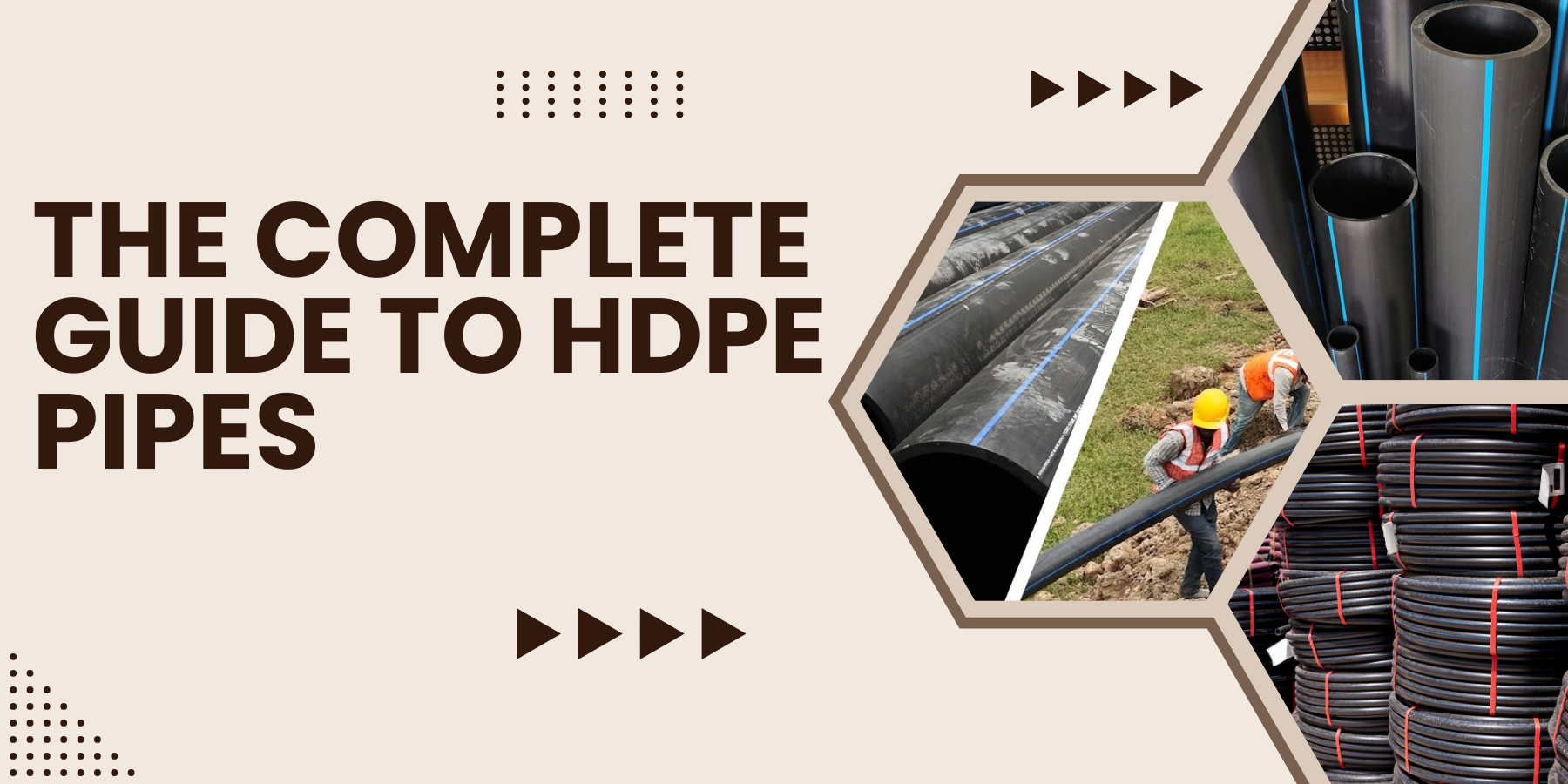Sprinkler irrigation systems have changed farming. They water crops efficiently. This boosts yields and saves water. This guide covers sprinkler irrigation systems. It details their benefits, types, and how to install and maintain them. It will help you optimize your farming.
Understanding Sprinkler Irrigation Systems
Sprinkler irrigation systems mimic natural rainfall. They use a network of pipes and spray heads to water the fields evenly. This method suits diverse crops and soils. It provides a controlled environment. This cuts water waste and boosts crop health.
Benefits of Sprinkler Irrigation Systems
- Water Conservation: Sprinkler systems save water. They deliver it directly to the crops. This reduces evaporation and runoff. It saves water, especially in dry areas.
- Uniform Water Distribution: The design ensures the water is applied evenly across the field. This promotes uniform crop growth and reduces water stress.
- Adaptability: Sprinkler systems can be set for different crops and field sizes. They suit everything from small gardens to large farms.
- Labor Efficiency: Automated sprinkler systems cut the need for manual watering. This lets farmers focus on other tasks.
Types of Sprinkler Irrigation Systems
There are several types of sprinkler irrigation systems. Each has unique features for specific farming needs.
1. Center Pivot Irrigation Systems
Large-scale farms widely use center pivot systems. They have a central pivot point. A long arm with sprinklers rotates from it, covering circular fields. These systems are perfect for evenly watering large areas. They use water very efficiently.
2. Lateral Move Irrigation Systems
Lateral move systems, also called linear move systems, work like center pivot systems. But, they move in a straight line across rectangular fields. These systems are suitable for fields where center pivots are not feasible due to the field shape.
3. Solid Set and Permanent Set Systems
These systems use a fixed network of pipes and sprinklers. They stay in place throughout the growing season. Solid set systems are used in orchards, vineyards, and vegetable farms. These crops need consistent watering.
4. Traveler Irrigation Systems
Traveler systems use a hose reel mechanism to move sprinklers across the field. This system is versatile and can be used on various field sizes and crop types. It is most useful where permanent installations are not possible.
Installation and Design Considerations
1. Field Assessment
Before installing a sprinkler system, check the field’s topography, soil, and crops. This will help in designing a system that maximizes water efficiency and ensures even coverage.
2. System Design
Design the system layout based on the field’s dimensions, water source, and crop type. Consider factors like sprinkler spacing, pipe size, and pressure. They are key to optimal performance.
3. Installation Process
The installation process involves three tasks. First, lay out the pipes. Second, connect the sprinklers. Finally, set up the control system. Install per the design specs to avoid uneven water flow or pressure loss.
4. Maintenance Tips
Regular maintenance is vital. It ensures the sprinkler system lasts and works well. This includes checking for leaks, cleaning the nozzles, and making sure the control systems work.
Factors That Affect the Efficiency of Sprinkler Irrigation Systems
Many factors affect how well sprinkler irrigation systems work. Knowing them can help optimize their performance.
1. Water Pressure
Sprinklers need adequate water pressure to work properly. Low pressure can cause uneven water distribution. High pressure may waste water and damage the system.
2. Wind Speed
Wind can greatly affect sprinklers, leading to uneven watering. To reduce this issue, install windbreaks or irrigate during low winds.
3. Nozzle Selection
Choosing the right nozzle is vital for even water distribution. The nozzle size and type should match the water pressure and flow rate requirements of the system.
4. System Maintenance
Regular inspections and maintenance keep the system running at its best. This includes checking for blockages, leaks, and wear and tear on components.
Conclusion
Sprinkler irrigation systems are a reliable, efficient way to water crops. They ensure optimal growth and conserve water. You can maximize the benefits of sprinkler irrigation and boost crop yields. To do this, select the right system type, design a good layout, and maintain it regularly.


